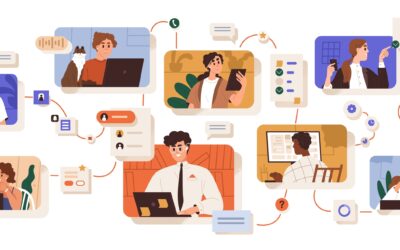In today’s world, legal professionals must prioritize plain language communication strategies to remain competitive. Traditional legal communication has been known for its complexity and jargon-filled language, making it difficult for non-lawyers to understand. However, clients now expect clear, concise, and easy-to-understand communication.
Plain language communication involves using language that is straightforward and easily understood by the target audience. It is crucial to use plain language when communicating legal information to clients who may not have a legal background. Clear communication can enhance the client experience and help establish trust between the client and their lawyer.
One effective way to use plain language is to avoid legal jargon and complex terms. Instead, lawyers can use everyday language and explain legal concepts in a way that clients can understand. It is also helpful to use examples to illustrate legal concepts and to avoid lengthy sentences and paragraphs.
Lawyers can also use visual aids such as diagrams, flowcharts, and infographics to communicate complex legal information in an easily digestible format. These visual aids can help clients understand legal concepts and processes more quickly and easily.
Another important aspect of plain language communication is active listening. Lawyers must actively listen to their clients and ensure that they understand the client’s concerns, questions, and goals. Lawyers can repeat the client’s concerns and ask questions to clarify any misunderstandings.
Written communication is also an essential aspect of plain language communication. Legal documents such as contracts, pleadings, and opinions can be overwhelming for clients. Lawyers can use plain language and avoid complex legal terms when drafting legal documents. Additionally, using headings and bullet points can make legal documents easier to read and understand.
Lawyers must prioritize plain language communication strategies to remain competitive in today’s world. Clear and concise communication can enhance the client experience, establish trust, and improve outcomes. Using everyday language, visual aids, active listening, and clear written communication are effective ways to communicate complex information in a way that is easily understood by clients and leads to better outcomes for all.





0 Comments